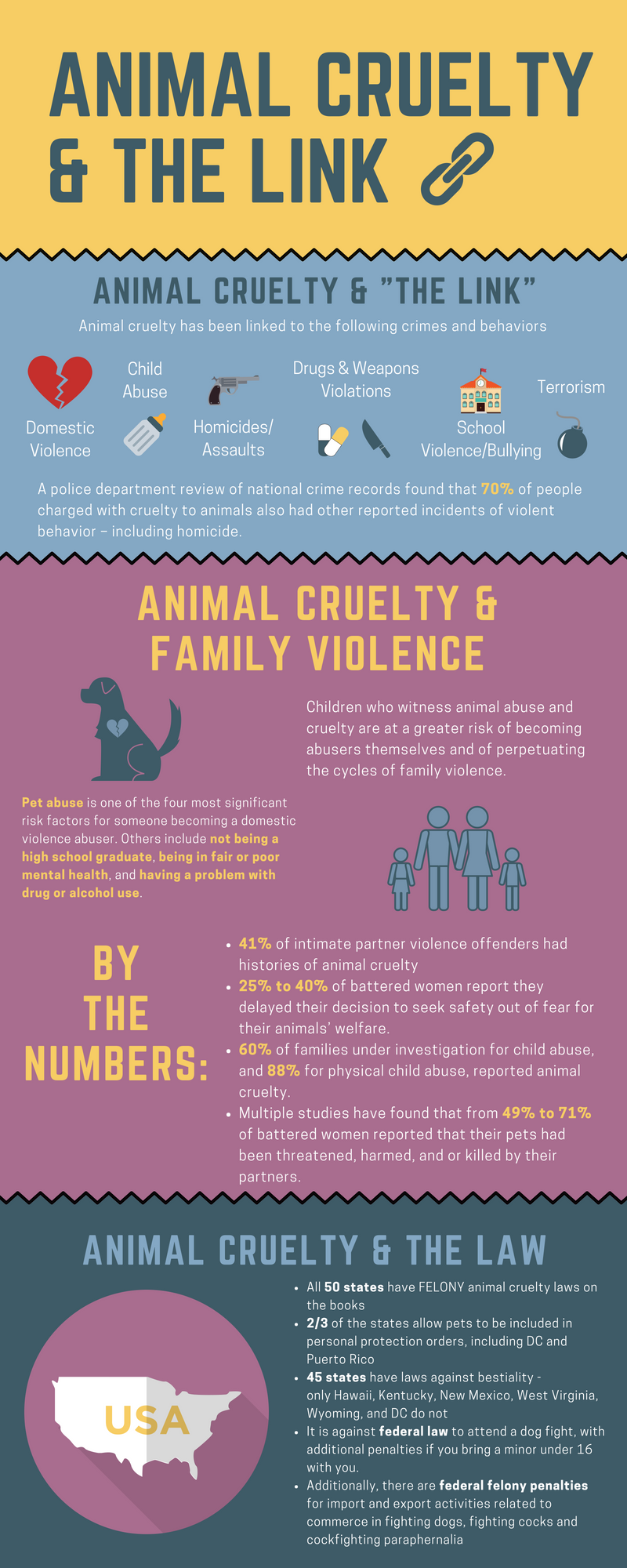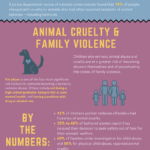Human cruelty, in its myriad forms, raises profoundly disturbing questions about the human psyche. Understanding how far human cruelty can extend requires a multifaceted analysis of psychological, social, and environmental factors that contribute to such behaviors. This exploration delves into the darker aspects of human nature, revealing layers of complexity that create a fertile ground for cruelty.
To begin, it is essential to define the parameters of cruelty. Cruelty can manifest in various ways, from overt acts of violence and aggression to more insidious forms of emotional and psychological abuse. Typically, cruelty encompasses behaviors that inflict harm, whether physical or emotional, on other beings. This harm can be directed toward fellow humans, animals, or even the environment. The spectrum of cruelty can vary significantly in severity and intent, ranging from impulsive acts of aggression to premeditated, calculated atrocities.
One of the psychological frameworks essential for understanding cruelty is the concept of dehumanization. This cognitive process involves perceiving others as less than human, robbing them of their dignity and moral consideration. Dehumanization often serves as a precursor to cruelty; it allows individuals to dissociate from the emotional implications of their actions. Historical examples abound, from genocides to institutionalized racism, where entire groups are painted as ‘the other’. This categorization permits individuals to rationalize their cruel actions, believing they are justified in harming those they dehumanize.
Moreover, social psychology provides insight into how group dynamics can amplify cruelty. The phenomenon of bystander apathy illustrates this principle. When individuals witness acts of cruelty within a crowd, the likelihood that anyone will intervene diminishes as the group grows in size. This diffusion of responsibility highlights a chilling aspect of human nature: the tendency to look away when others are complicit in wrongdoing. Likewise, charismatic leaders can foment a culture of cruelty, using propaganda to sway collective beliefs and actions toward violence and oppression.
Furthermore, psychological constructs such as empathy—or the lack thereof—play a pivotal role in attributing motivations behind acts of cruelty. Studies reveal that individuals with diminished empathy are more likely to engage in violent behaviors. Conversely, heightened empathy often serves as a buffer against cruelty, fostering understanding and compassion toward others. However, numerous factors can impede the development of empathy, including childhood experiences, social conditioning, and even neurological conditions that limit emotional responsiveness.
In addition to empathy, personality traits significantly influence the propensity for cruelty. For instance, individuals exhibiting high levels of narcissism or psychopathy often demonstrate a greater inclination toward cruel behaviors. Narcissistic individuals may derive a sense of superiority from their cruel actions, while those with psychopathic tendencies may lack remorse and manipulate others without guilt. These personality traits underscore the importance of individual psychological profiles in understanding cruelty at both personal and societal levels.
Environment and upbringing also play critical roles in shaping a person’s capacity for cruelty. Exposure to violence in childhood, whether through witnessing domestic abuse or experiencing bullying, can perpetuate a cycle of aggression. This pattern is particularly salient in marginalized communities, where systemic inequities often exacerbate feelings of disenfranchisement and helplessness. The intersection of poverty, trauma, and neglect can create a breeding ground for cruelty, as individuals may resort to harmful behaviors out of desperation or learned patterns.
Moreover, societal norms can also dictate acceptable boundaries of cruelty. Cultural attitudes toward violence, authority, and punishment can either condone or challenge cruel behaviors. For example, societies with rigid hierarchical structures may normalize acts of cruelty as a means of maintaining power dynamics. Historical militaristic cultures often glorified violence and accepted cruelty as collateral damage in the pursuit of national or ideological goals. The normalization of such behaviors raises critical ethical questions about complicity and moral obligation.
In examining cruelty’s farthest reaches, one cannot ignore the emergence of technological tools that can either contribute to or mitigate acts of harm. Digital platforms can facilitate bullying and harassment, creating cyber environments where individuals feel emboldened to act cruelly without immediate repercussions. Conversely, technology can also serve as a formidable ally in advocacy against cruelty, amplifying voices that expose injustices and mobilize collective action to protect vulnerable populations.
Ultimately, the inquiry into how far human cruelty can go highlights the intricate interplay of psychological, social, and environmental factors. Each layer adds complexity to this understanding, fostering a deeper awareness of the potential for harm that exists within humanity. This exploration calls for vigilance and responsibility, urging society to not merely condemn acts of cruelty but also to tackle the underlying factors that facilitate such behaviors. Awareness and empathy must serve as cornerstones in the fight against cruelty, creating pathways toward healing and restoration for both individuals and communities.
In conclusion, examining the psychological underpinnings and societal contexts surrounding cruelty elucidates the multifaceted nature of this dark aspect of human behavior. By fostering understanding, we create an imperative to challenge and transcend these tendencies, striving for a more compassionate and humane world. The journey toward addressing cruelty is not merely a matter of intervention; rather, it encompasses a fundamental re-evaluation of our shared values and collective conscience.










